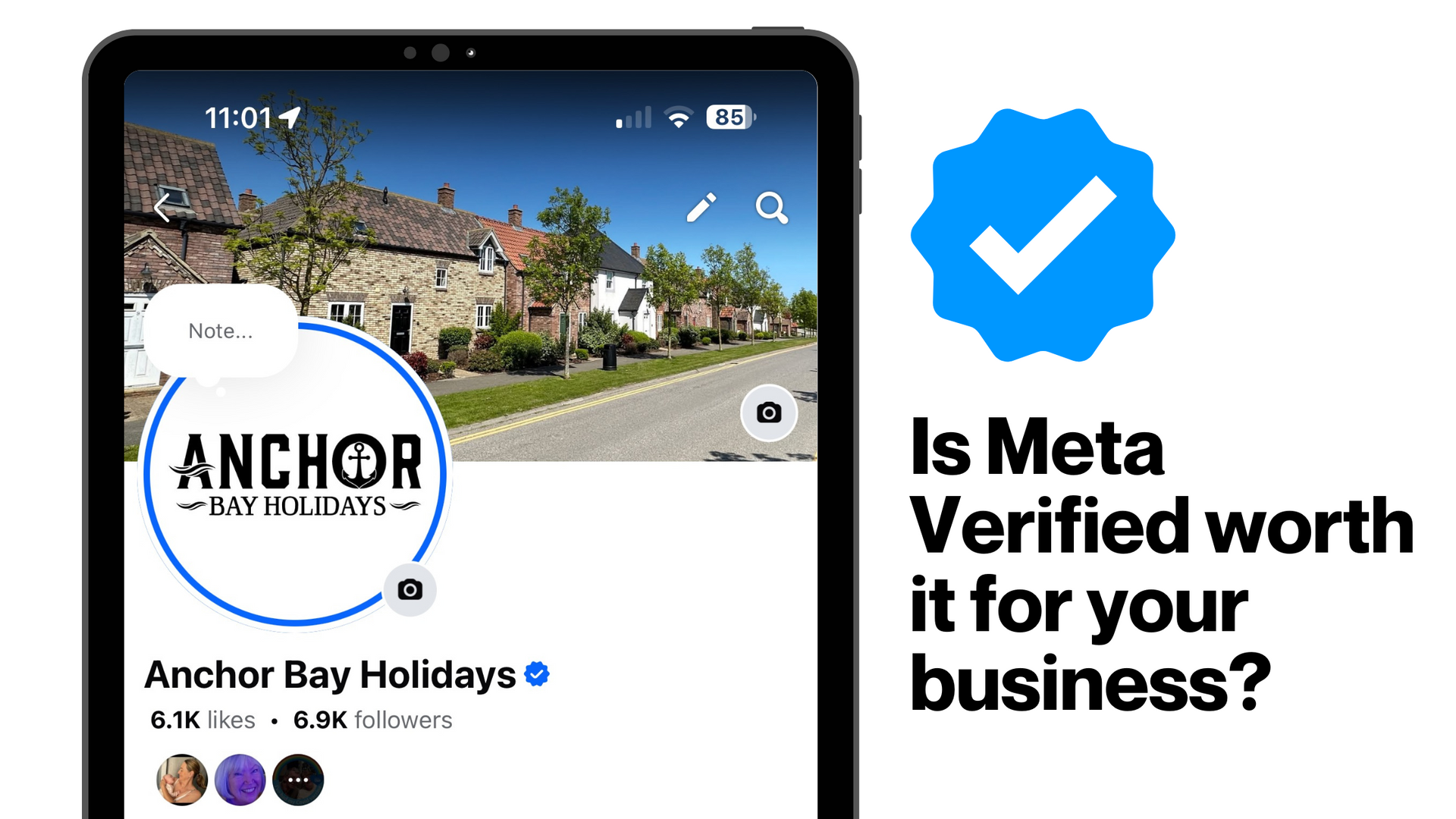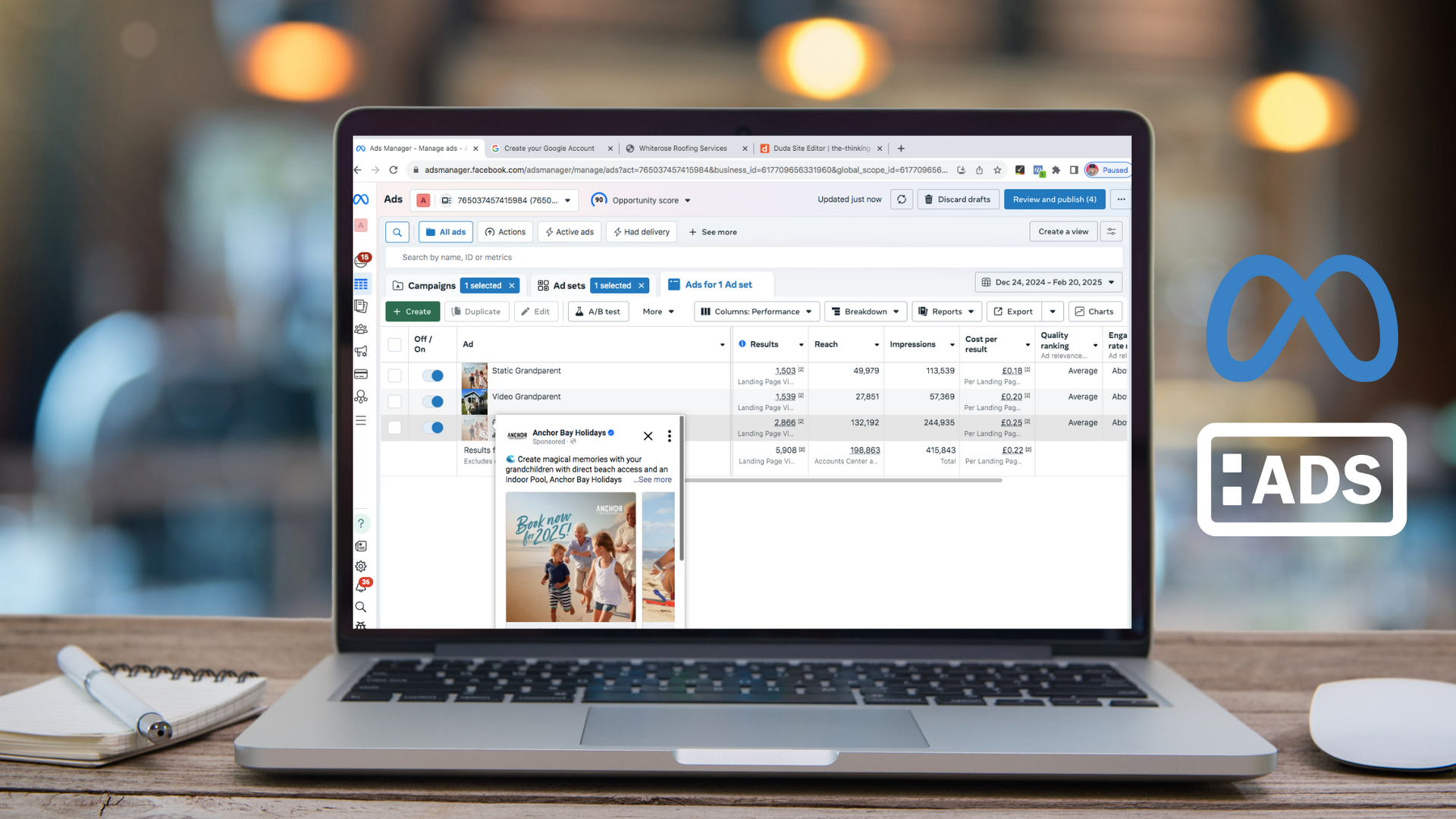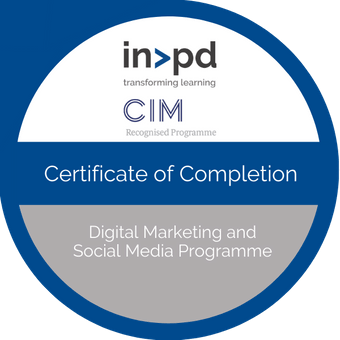A practical guide to using social media in recruitment
A practical guide to using social media in recruitment
Using social media in recruitment has become standard to extend the reach of job vacancies and look for suitable candidates online. It gives you a direct line to people and makes qualifying roles easier and quicker.
Unfortunately, some recruiters on social media platforms such as LinkedIn can get a bad rep. This happens when recruitment companies use the platform in the wrong way. You often see complaints when recruiters are hounding people with impersonal messages. Another problem is employers feel their best talent could be approached.
But there is a right way to use social media in recruitment!
We don’t want you to be a recruitment company people shy away from, so here’s a practical guide to make the most out of your social platforms by building credibility in your industry. For help creating genuine relationships and delivering a quality service, read on…
Example social media content for recruiters
Ultimately, recruitment companies, like you, are there to develop strong teams to help businesses to scale. Growing the business and being more profitable comes down to having the right people in place – and it’s your job to get that right. The best way to approach using social media as a recruiter is to showcase the value you add to client businesses’ growth.
There are different types of content you can share as a recruitment company to your social media platforms to maximise your success.
- Growth content – presenting yourself as an industry expert by giving away free information to increase your audience
- Nurture content – building relationships by explaining your process and sharing testimonials to get your audience to know, like, and trust you
- Money content – persuading people to take the next step in working with you
Ideally, you want to use a mixture of these three social media content types to cover different aspects of your business, your values, and how you help people. Target all your social media content to your ideal client profile.
Covering these topics in a 40/40/20 split (respectively) will build authority, trust, and credibility within your network. It opens a dialogue with your connections/followers and gives you an opportunity to create meaningful business relationships.

Growth content examples for social media in recruitment
Think of this as sharing your thoughts on industry news, showcasing your expert recruitment knowledge, and giving away handy tips. The free advice should be useful to your ideal client and answer their key pain points.
Examples would include sharing tip sheets about how you can ease your growing client’s recruitment gaps. List top recommendations for attracting great recruitment candidates. When businesses are expanding and need help with recruitment, explain the process of how this works.
Discuss your point of view about how industry-related news affects your audience and ideal client base. This could include topical conversations around how the ‘big resignation’ affects companies and how you advise they deal with it. Share how you feel about popular industry trends and respond to what other experts are saying in their social media content.
This social media content can also be used to encourage downloading a free industry-related lead magnet and creating a funnel to capture your prospect’s data for email marketing.

Nurture content examples for social media in recruitment
This type of social media content is meant to nurture your existing audience to build credibility. For social media in recruitment, use this to share success stories. Showing your audience reviews, customer case studies, and testimonials of how you’ve helped grow a client’s team.
Use the nurture content to show your personality and tell personal stories. Explain why your background makes you a great recruitment company to work with. Share personal stories from favourite moments in your career. Tell your audience what your hobbies/interests outside of work are. Be friendly and don’t be afraid to show your personality!

Money content examples for social media in recruitment
The term money content is not simply for direct sales, but more to nudge people to find out more about working together. Your money content should encourage connections to enter your funnel.
Example call to actions (CTA) in your social media include –
- Talk to our team
- Book a discovery call
- Get a free quote today
After these events take place, you can take them outside of the social media platform to your database or CRM. This means you can reach out and nurture them until they’re ready to engage your services.
Engaging on other people’s social media content
Sometimes, it can be hard to know where to start when it comes to engaging with others. As a recruiter, you can connect with a variety of people and see a broad range of posts in your feed. So, how do you know which ones to interact with?
When commenting and liking social media posts, it’s an opportunity to showcase your knowledge and personality. Engage with anything that resonates with you – whether that’s to do with your industry, values, location, services, or customer pain points.
Not every comment has to be related to the recruitment industry. Show support to people in your network and they’ll notice your profile, being inclined to reciprocate kind words. If you read a personal story you can relate to, share your perspective.
Be careful to offer a balanced viewpoint and avoid any strong political or religious topics. Staying neutral on some subjects will make sure you’re not offending anyone in your network.
FACT: Did you know admin of your company LinkedIn page can now engage as themselves and also as the company - in their home feed? By doing both you can get your recruitment company name out there in front of more people in a more conversational way.
Using LinkedIn as a recruiter
LinkedIn is by far the best way to use social media in recruitment. First create an All-Star profile and start posting content to build a personal brand and be yourself on LinkedIn. Then post regular growth, nurture, and money content, tailored to your target client and your success rates are guaranteed to rise.
Hopefully, using social media in recruitment feels less daunting now! For people who want personalised support using LinkedIn, The Thinking Cap’s new course LINGO is perfect for you.




How you can effectively use LinkedIn for free to boost your marketing and grow your podcast audience




I hope you enjoyed reading this blog post.
If you’d like further help, let’s jump on a call and have a chat.




